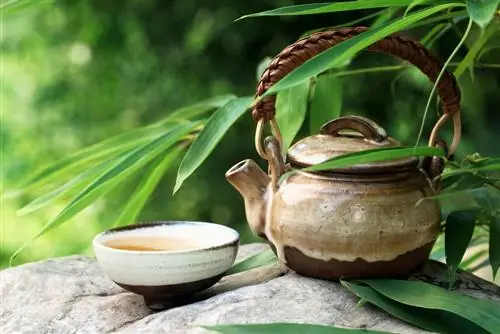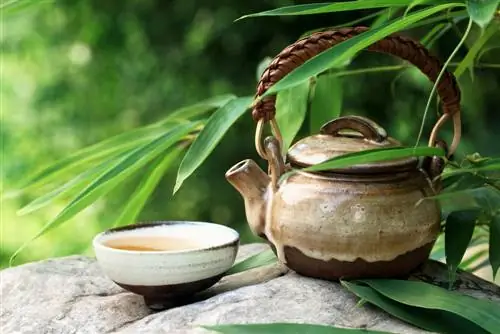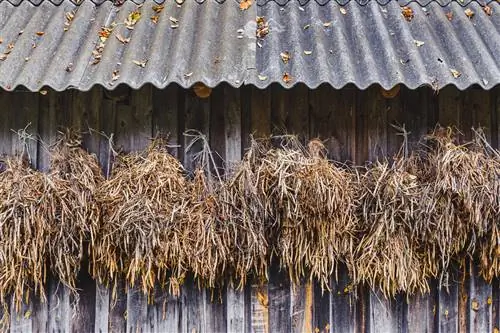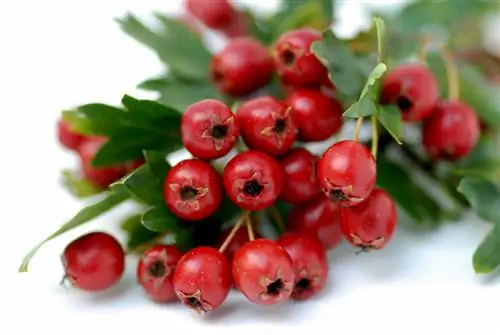- Author admin [email protected].
- Public 2023-12-25 17:45.
- Last modified 2025-01-23 11:21.
It is hard to imagine Japanese gardens without it and more and more Europeans are also enjoying this stately and at the same time uncomplicated plant. Very few people know that bamboo is actually medicinal and is a great source of plant-based nutrients.

What healing properties does bamboo have?
The healing effect of bamboo is based on its high silica concentration, which has a strengthening, building and stabilizing effect on bones, cartilage, skin and connective tissue. Bamboo helps with osteoarthritis, osteoporosis, rheumatism, arthritis and herniated discs.
How does bamboo work?
The strong appearance and stability of bamboo reflect its effectiveness. This plant has a strengthening, building and stabilizing effect on the human organismIt is absolutely non-toxic. For example, bones, cartilage, skin and connective tissue can benefit from it. Bamboo is also said to revitalize the spine and intervertebral discs, which is why people suffering from back pain in particular have found bamboo a suitable medicinal plant. Diseases for which bamboo can also be used include:
- Arthrosis
- Osteoporosis
- Rheumatism
- Arthritis
- Herniated discs
Which active ingredient stands out in particular?
It is thesilicic acid, also called silicon, which is contained in high levels in bamboo and makes it something special. A bamboo can contain up to 77% silica. This makes bamboo one of the plants richest in silicon.
The silicon occurs in bamboo in an easily absorbable form and can therefore be easily utilized by the body. Among other things, it tightens the skin, strengthens hair and nails, and improves cell renewal and cell cleansing.
Can you just eat bamboo?
Yes, bamboo is edibleYou may even be familiar with bamboo shoots, which are often available on supermarket shelves. Bamboo shoots are the fresh and tender shoots that shoot out of the earth. This often happens with bamboo species that grow strongly. The bamboo shoots should be boiled or pickled in vinegar before consumption. They are considered he althy for the stomach and intestinal tract. In addition to the sprouts, the leaves of bamboo are also edible.
How do you prepare bamboo tea and how does it work?
You can make a delicious tea from the leaves. It naturally has a light, pleasant sweetness. For such tea, you can collect the leaves of a bamboo yourself or buy them dried. For a cup of tea you need about a tablespoon of the dried leaves. Simply pour 250 ml of hot water, let it steep for 5 minutes and then strain. Such a tea has adehydrating, digestive and antibacterial effect
How to use bamboo externally?
For external applications, you can simply use leftover tea. Soak acompresswith the cooled liquid and apply it to your skin. The antioxidant active ingredients contained help against wrinkles. Such a compress also has a hemostatic effect if the blood has difficulty clotting on open wounds.
Alternatively, you can also make atincture from bamboo. This can be used both externally and internally.
Tip
Flood the cells with nutrients with bamboo
Magnesium and calcium. The stalks, for example, contain a particularly large number of nutrients. If you cut it in half, you can see yellowish deposits inside. These are edible and nutrient-rich (particularly rich in silica), although not particularly delicate.






